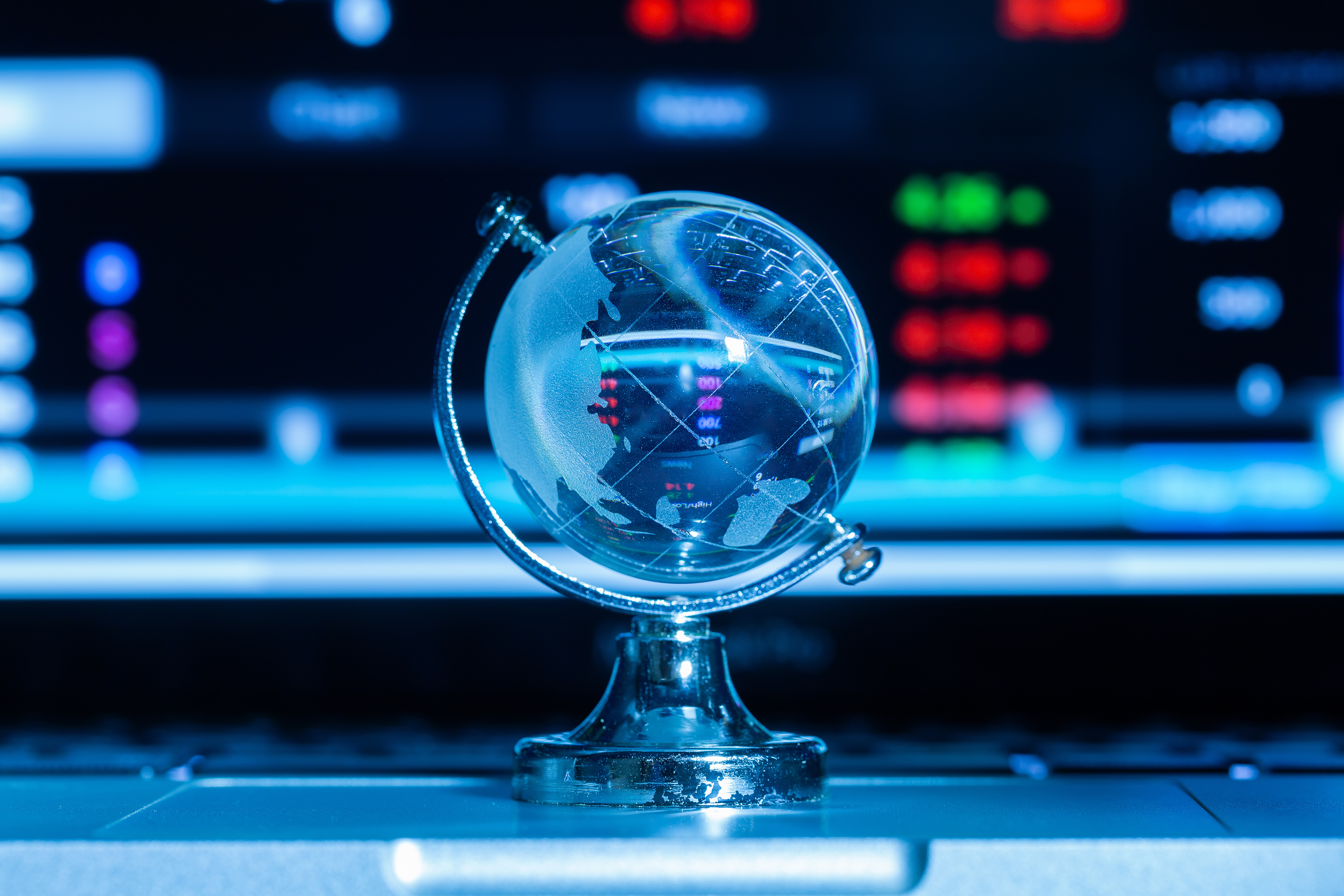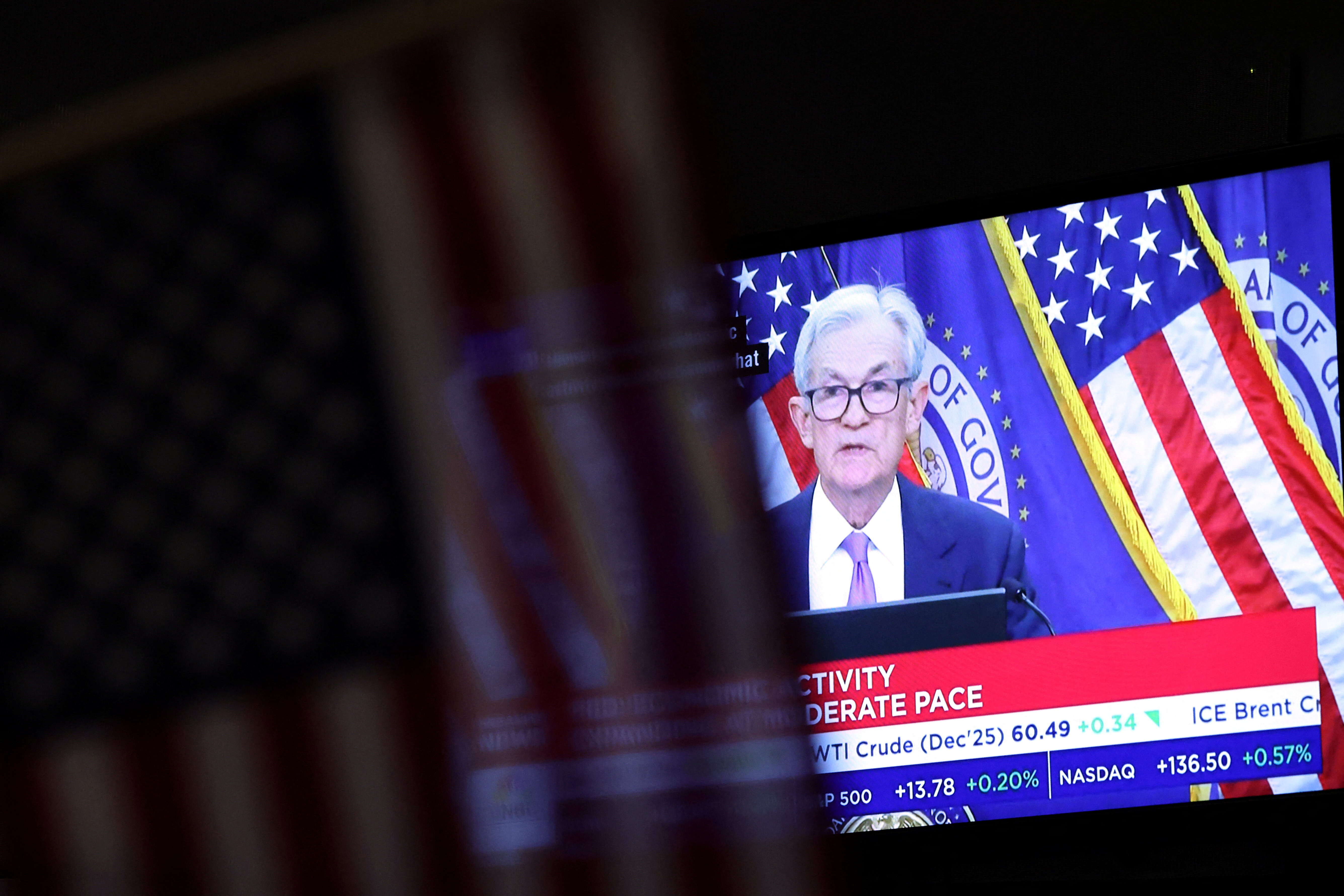The power of a connected world

Technology is changing the world around us at a rapid pace and the capabilities of connected devices will continue to advance at break-neck speed. When we harness the ability to turn connections into data, and then into knowledge, we can empower citizens, patients and professionals to prevent disease, avoid or better manage health crises, and even save lives. And when we close the gap between data growth and data value – by ensuring that the right information is delivered to the right person at the right time – we will change the world.
Today, there are more than 10 billion connected devices, with a staggering 50 billion predicted for 2020. As the number of things connected to the global network increases – from data, voice, video and smart devices to new breeds of applications – the opportunities to realize much greater value from networked connections will also increase exponentially.
As the world transitions to the Internet of Everything – where people, processes and data are intelligently connected – we’ll be linked in even more ways. Here, billions and trillions of sensors around the earth and in its atmosphere will send information back to machines, computers and people for further evaluation and decision-making. This is truly Big Data.
All this information gives us the exciting potential to tackle some of the world’s biggest social issues such as healthcare. Cisco’s HealthPresence technology, for example, enables collaborative care-at-a-distance, which greatly multiplies the reach of pediatric specialists, increases collaboration among clinicians and researchers, and makes quality healthcare available to more children and adults worldwide.
Other success stories using such technologies are:
- A pilot with the Lucile Packard Children’s Hospital in California that expanded to include California Pacific Medical Center in San Francisco, giving urban underserved patients access to more specialists
- Collaboration and cloud-based technologies in Brazil that connect pediatric specialists at a university hospital to rural health clinics, improving patient access to healthcare and education, training and decision-making for providers.
- The Great Ormond Street Hospital in London, one of the top pediatric research institutions in the world, using care-at-a-distance technologies to save time and travel costs for children and their families, and increase collaboration between hospitals.
- Connecting rural communities with urban hospitals, which narrows the gap for access to quality medical care in Kenya where there is one doctor for every 26,000 people.
Broadband and the intelligent use of big data can also revitalize economic growth. The World Economic Forum’s Global Information Technology Report 2014 and other studies show that digitization has a positive, measurable effect on economic growth and job creation by increasing GPD.
In a previous post, I discussed how broadband access helps break down the barriers to a quality education. This capability dramatically changes how we define schools and increases education opportunities. Better yet, it equips people to find sustainable jobs and lifelong careers, allowing them to maximize their contributions to their community and economy.
By converging people, process and data, the benefits the Internet of Everything delivers to humanity are seemingly infinite. Imagine being able to track and understand, and then predict, long-term weather patterns. Farmers will be able to plant crops that have the greatest chance for success. And, once the fields are harvested, intelligent transportation systems will allow for the distribution and delivery of food from places of abundance to places where there is scarcity. Sensors could also be used in a forest to detect a fire, track bird migration, or alert biologist of a harmful bug infestation.
This new, connected world makes broadband access critical for the next round of innovation, economic growth, productivity enhancement, educational advancements and social change. With broadband access, we can revolutionize global access to education, healthcare, economic empowerment, and the delivery of critical human needs. Together, with the power of connections, we can have a profound positive impact.
Author: Tae Yoo is Senior Vice-President of Corporate Affairs at Cisco. The Global Information Technology Report 2014 is now live.
Image: A woman undergoes an eye examination using of a smartphone at a temporary clinic by International Centre for Eye Health at Olenguruone in the Mau Summit 350km (217 miles) west of Kenya’s capital Nairobi, October 29, 2013. REUTERS/Noor Khamis
Don't miss any update on this topic
Create a free account and access your personalized content collection with our latest publications and analyses.
License and Republishing
World Economic Forum articles may be republished in accordance with the Creative Commons Attribution-NonCommercial-NoDerivatives 4.0 International Public License, and in accordance with our Terms of Use.
The views expressed in this article are those of the author alone and not the World Economic Forum.
Stay up to date:
Infrastructure
Forum Stories newsletter
Bringing you weekly curated insights and analysis on the global issues that matter.
More on Financial and Monetary SystemsSee all
Jaime Magyera
November 13, 2025






